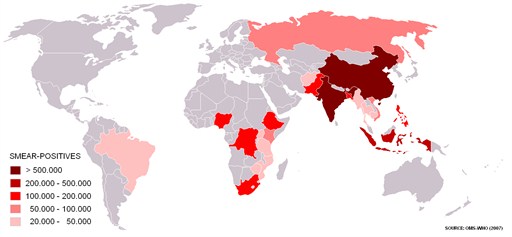Mission
Tuberculosis and antimycobacterial drug disovery
Despite the existence of treatments, tuberculosis is a
painful reality for the nearly nine million people infected, and
the one and a half million that die, each year. The disease is
also an escalating threat for global health, with the increasing
prevalence of Multi Drug Resistant (MDR) TB strains and Extremely
Drug Resistant (XDR) TB strains. In some East Europe and Central
Asia Countries, MDR/XDR strains account for up to 22 % of
infections, with mortality rates for XDR reaching up to 100 % of
those infected.

The reasons behind the lack of new medicines for the treatment
of TB over the last 40 years are mainly related to a lack of
critical mass, both in terms of funding and commercial interest as
well as attracting the best minds to address one of the most
pressing medical emergencies of the planet.
OpenMedChem's Mission
Attracting and training a new generation of Medicinal
Chemists in an Industry/Academia open innovation
environment for antimycobacterial drug discovery
by offering a set of unique complementary training benefits for
young scientists.
Our researchers will carry out PhD research
during consecutive training phases in academia (University of
Antwerp, Belgium) and Industry (GSK I+D, Spain).
OpenMedChem's Scientific Objectives
- Medicinal chemistry at the helm: To synthesise and evaluate the
antitubercular activity of novel analogues of hit compounds
identified in a GSK corporate HTS antimycobacterial campaign (>2
million compounds) through a combination of systematic and
innovative synthesis and chemo-informatics strategies.
- To characterise antimycobacterial behaviour of prepared
compounds via a combination of standard assays (MIC), novel assays
(cidality, intracellular activity) and innovative single cell
imaging-based approaches.



